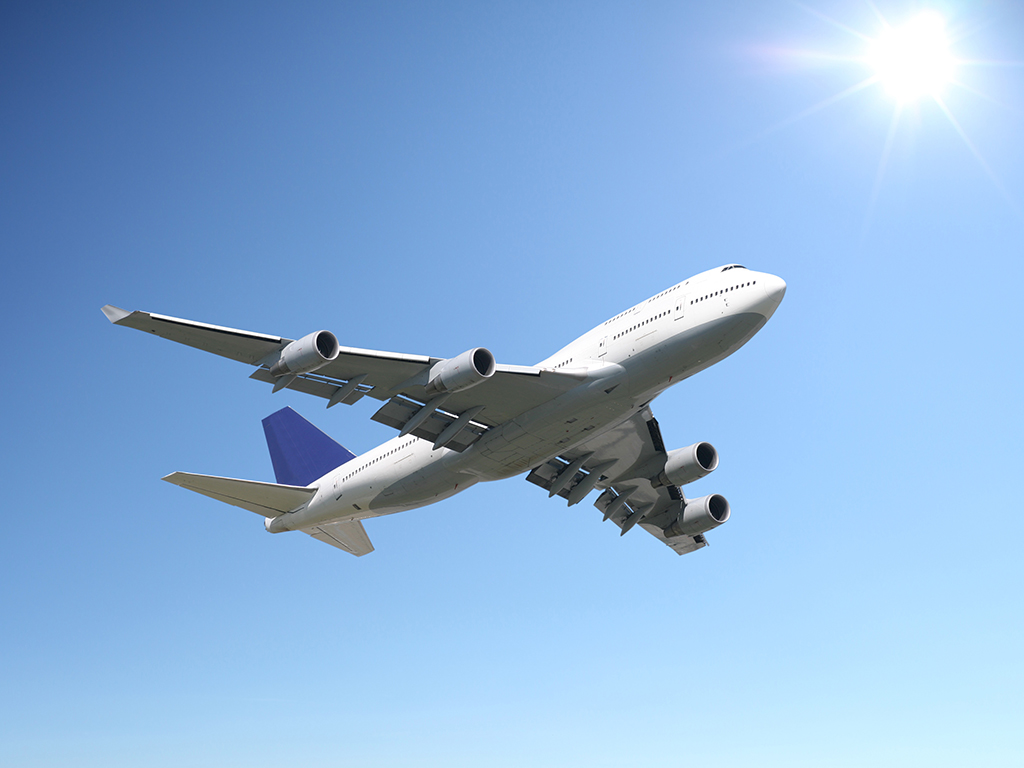High anxiety: Climate scientist explains increase in passenger flights that experience clear-air turbulence

kickers/istockphoto.com
Research has documented a major increase in the number of severe turbulence cases on flights both domestic and international. Some of these instances have resulted in injuries to both passengers and flight attendants along panic, anxiety and foreboding.
Dr. Ramalingam Saravanan, professor and head of the Texas A&M Department of Atmospheric Sciences, explained that clear-air turbulence is especially concerning because it is nearly impossible to predict its frequency.
“The main problem is that you can’t see it,” Saravanan said. “The best way I think pilots know about it is when some other pilot has flown through it and radios back, letting them know its location. You can try to predict it statistically, but you can’t predict it by individual case because it is a random process, and the air looks clear and harmless — hence the name.”
But what does this have to do with climate change?
One major cause of violent turbulence is the amount of greenhouse gases in the atmosphere, which have accumulated at an historically high rate during the past year. They are released into the atmosphere as a byproduct of everyday activities like driving cars or burning gas and oil, leading to inconsistent wind speeds that can cause clear-air turbulence.
Saravanan noted that greenhouse gases — namely carbon dioxide and methane — act like a blanket for the earth’s surface, trapping the heat that it emits and distorting both the troposphere and stratosphere, thereby increasing the occurrence of clear-air turbulence.
“Greenhouse gases warm the lower part of the atmosphere called the troposphere, which is where we live, and cool the stratosphere, which is where most planes fly,” Saravanan explained. “The strength of the wind depends on the gradient of the temperature between the pole and the equator. In the stratosphere, this effect is reversed, and that leads to increased wind shear and turbulence.”
Regardless of the unpredictability or inconvenience, air travel isn’t going anywhere. Given the increase in clear-air turbulence, Saravanan said airlines will be required to look into longer-than-usual flight routes, resulting in higher ticket prices.
“Airlines employ aviation meteorologists who predict the winds and plot the path to minimize the headwind and increase the tailwind, because when wind is blowing against you, you try to avoid it and go around it,” Saravanan said. “Because it costs money to burn fuel, airlines will add clear-air turbulence predictions to flight routes, which could cost a little more and could lengthen the path.”

